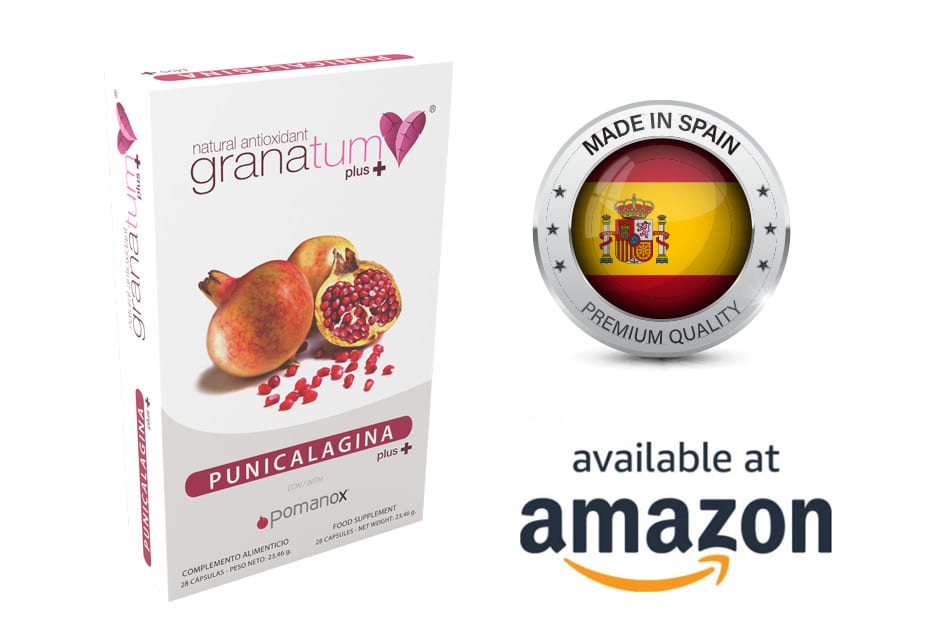
RESEARCH TITLE: Pomegranate Juice Improves Iron Status and Ameliorates Iron Deficiency Induced Cellular Changes in Saccharomyces cerevisiae
COUNTRIES: India
CONDUCTED BY: S.P. Balasubramani, G. Padmagiri, P. Venkatasubramanian, R. Vidyashankar, A. Godbole
PUBLISHED ON: Lifesciences global
RESEACH:
Background
Iron Deficiency Anemia (IDA) is most prevalent form of anemia affecting around 2 billion people world-wide. Ayurveda, an Indian system of medicine, describes pomegranate (Punica granatum) fruits as a Rasayana and a dietary supplement for managing a condition called Pandu, which is akin to Iron Deficiency Anemia. Rasayanas are methods to maintain homeostasis by improving digestion, metabolism and absorption of nutrients and elimination of waste. Yeast (Saccharomyces cerevisiae) has been a well-accepted model organism to study iron metabolism.
Materials & Methods
In the current study we developed ‘anemic yeast’ by culturing yeast cells in iron-free medium with bathophenanthroline disulfonate (BPS). The effect of pomegranate juice on reversing the ‘Iron Deficiency Anemia like’ condition in yeast was studied.
Results
Culturing iron deficient (ID) cells in the presence of 10% pomegranate juice supplemented medium (IDP), improved iron status by at least 7 fold (p<0.0001) and reversed mitochondrial degeneration induced by iron deficiency. Percentage of healthy reticulate mitochondria in IDP cells was >30% higher (p<0.0001) than that in the iron deficient cells grown in iron deficient medium (IDD) and at least 14% more than that in ID cells grown in 10% Pomegranate Juice-equivalent iron substituted media. Interestingly, Pomegranate Juice substitution improved the functional ferrous (Fe2+) form as well as the bio-assimilated heme form of iron, but not the ferric (Fe3+) storage form in iron deficient cells.
Conclusion
Yeast model can be useful as a quick screen to identify potential nutritional supplements. Pomegranate’s potential role as a nutritional supplement in Iron Deficiency Anemia management and as a hematinic is worthy of further research.
YEAR: 2015
